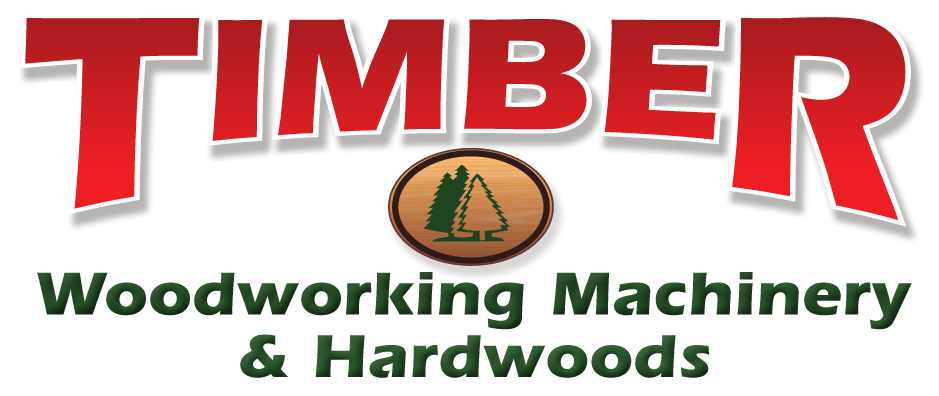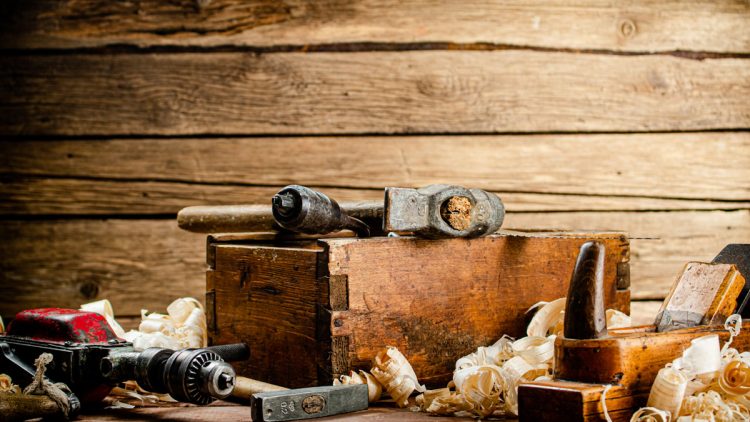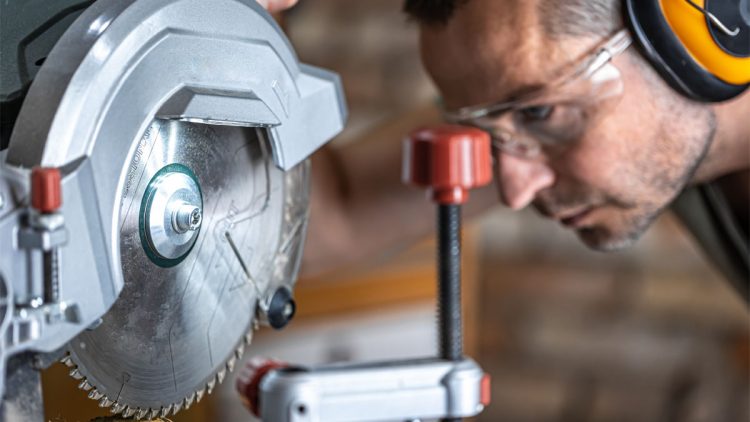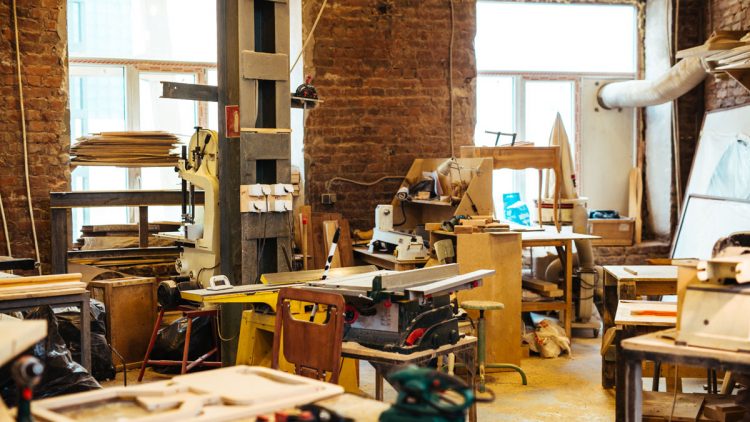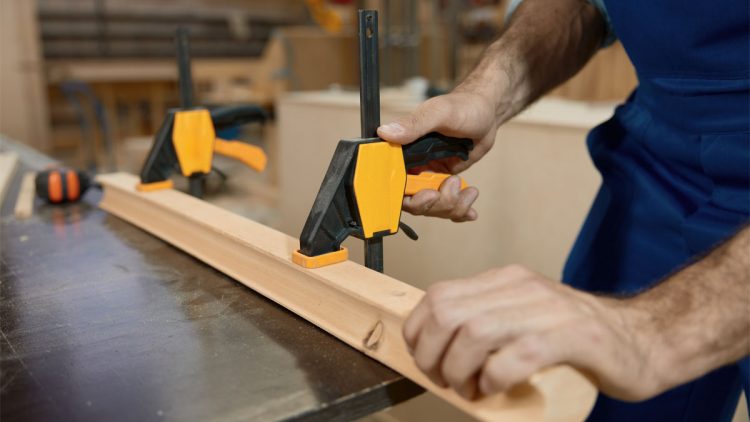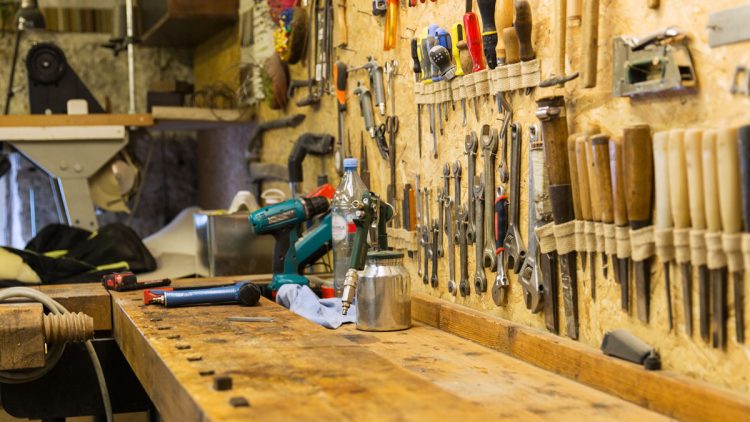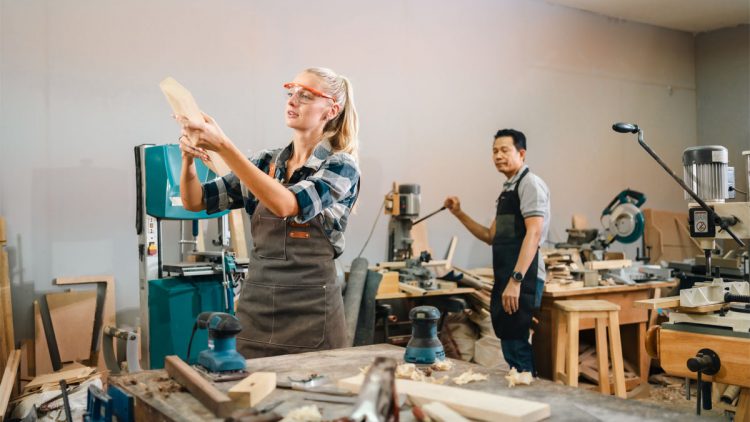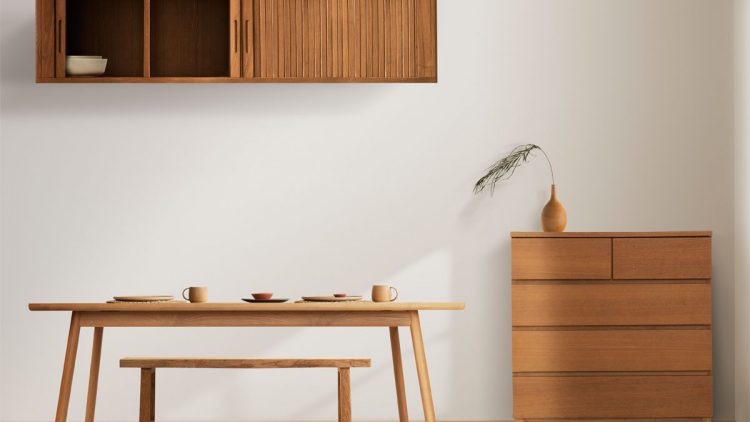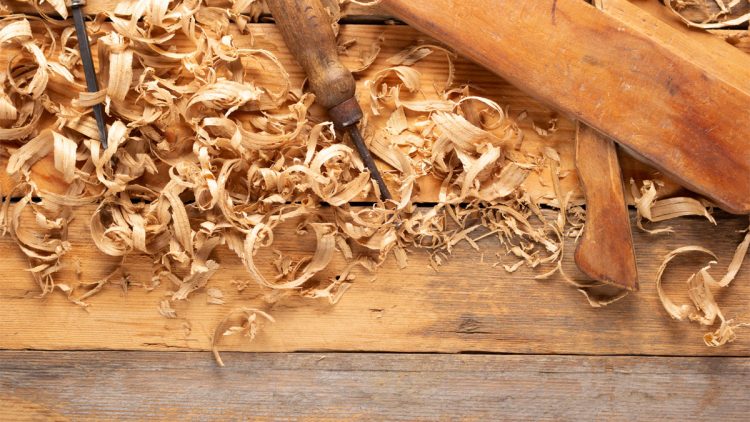Woodworking Tools
When beginning a new project or hobby, there’s always a learning curve. It takes a little time to figure out the tools and supplies you require and how you are going to use them.
If you are just beginning, you may feel dumbfounded searching the web to search for tools or roaming your local big box home improvement stores aisles. Which tools are vital? What are they used for?
That’s why we have comprised a list of ten tools that your woodworking toolbox needs—carefully from hobbyists and woodworkers that have gone before you.
Obviously, your purpose is going to affect the exact woodworking tools you require, but we have tried to provide you with the most primary hand tools and power tools to make your project successful.
Types of Woodworking Tools
The following are just some of the hand tools every woodworker should have:
1. Saws
Let’s take a look at a couple of typical saws you are going to run across. Don’t forget that you don’t need to have all these straight away. You can develop your collection after a while as you open your woodworking mind.
- Circular saw
- Table saw
- Multi-tool saw
2. Hand Plane
Hand planes are one of the primary tools you are going to use as you start to even out the face of a wood piece or for creating a curve to it. It includes an attribute that enables you to adjust how much wood you wish to shave off (typically up to one-sixteenth of an inch at a time).
3. Chisel And Mallet
A chisel is a lengthy section of steel that has a handle attached to it and is utilized to cut and shape intricate parts in a wood piece, specifically joints and saw cuts.
There are various kinds of chisels; however, a bench chisel is going to do most of your woodworking project. Its most typical sizes are quarter inch, half inch, three quarters of an inch, and one inch. It is going to usually have a beveled edge. Meaning that the edge is slanted at twenty or twenty-five degrees, which is going to help with shaping and the cleaning out of corners.
4. Router
A router is a power tool with a bit that rotates and smooths out the edges of a wood piece. Therefore, it can make surfaces so smooth that using a sander is not even required.
A router is also effective for cutting joints or hollowing out and rounding wood, like when creating a bowl. You can create ornamental edges and designs with it also. This is typical for furniture and cabinet making.
5. Hand File
A hand file is a lengthy portion of steel with a slew of small teeth on it that is utilized for smoothing wood surfaces.
There are various kinds of hand files based on where the teeth are situated:
- Single cut—the teeth point in the same direction
- Double cut—the teeth cut across one another in opposing directions
Hand files also differ based on how closely the teeth are to one another. The more closely they are, the more smooth the finish is going to be.
6. Rafter Square
Every woodworker requires a way to measure and mark their angles for cutting. A rafter square is going to take on that duty. It is a ruler that is triangle shaped and has a ridge on one side that enables you to align it alongside a board. It is especially useful when creating furniture.
7. Sanding Tool
Sanding might be one of the least favorite duties of any woodworker—but a necessary one if you wish for a smooth, beautiful appearance for your project. And having the proper sanding tool is going to make all the difference!
If you’re just beginning, you are going to probably choose a basic grit sandpaper, which is classified based on the count of grits of sand per sq in, ranging from 120 grit to 3000 grit. Whereas 120 provides a very coarse finish, 3000 is going to give it a very fine finish. A multi-purpose woodworker is going to have at least 120, 200, and 500 grit easily accessible.
8. Power Drill
Here’s a multifaceted staple you do not want to exclude from your tool set: a power drill. As well as drilling holes, a lot of drills come with additional attachments and ends that enable for screwing in screws, sanding, and possibly sawing.
9. Level
A level is a device that measures true horizontal or relative heights. This is indicated by a small vial of liquid that has an air bubble inside it. The bubble is going to be in between its two lines when the face is level or plumb.
10. Clamps For Your Workbench
You are going to want to get various clamps (comprising bar clamps, pipe clamps, and face clamps) to use alongside your workbench or worktop. They’re perfect for when you require an extra set of hands for keeping something stable. Or you may require a means to hold two wood pieces together while the glue dries.
*11. A Wood Moisture Meter
Wood moisture meters measure the moisture content of a wood piece, assisting woodworkers to ensure their wood is at a proper moisture level so that damage doesn’t happen.
Why Is This Tool So Vital in Your Tool Set?
Roughly eighty percent of damage to wood projects is the result of moisture-associated problems, like splitting, cracking, expanding, and warping. Moisture-related damage could look like a wood floor that has spaces between its boards. Or a drawer that will not close correctly because the wood has expanded in its size.
Woodworking Supplies Mesa by Timber Woodworking
Timber Woodworking offers hardwoods in Mesa, Arizona. We specialize in woodworking tools, equipment, and supplies for commercial woodworking cabinet shops or furniture manufacturers as well as the home shop hobbyist. Contact us today, or call if you should have any questions.
